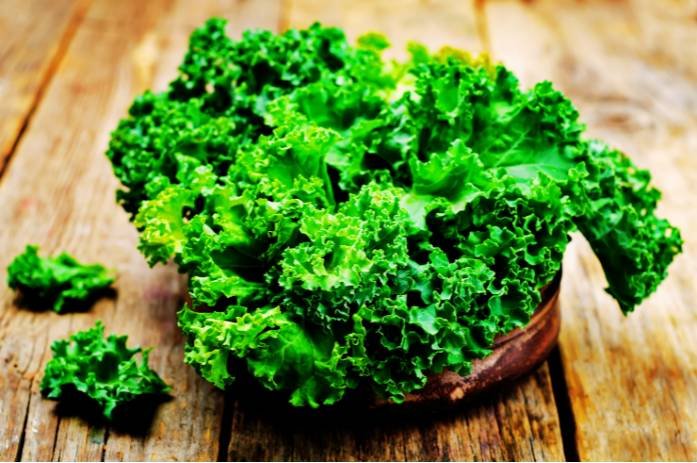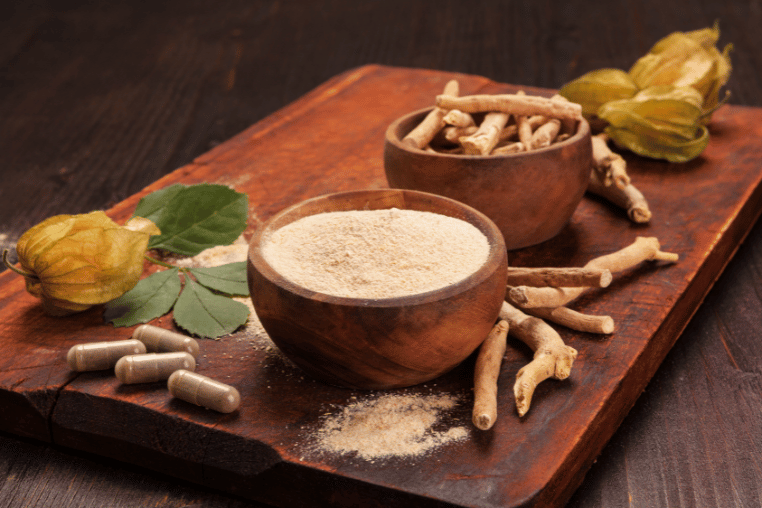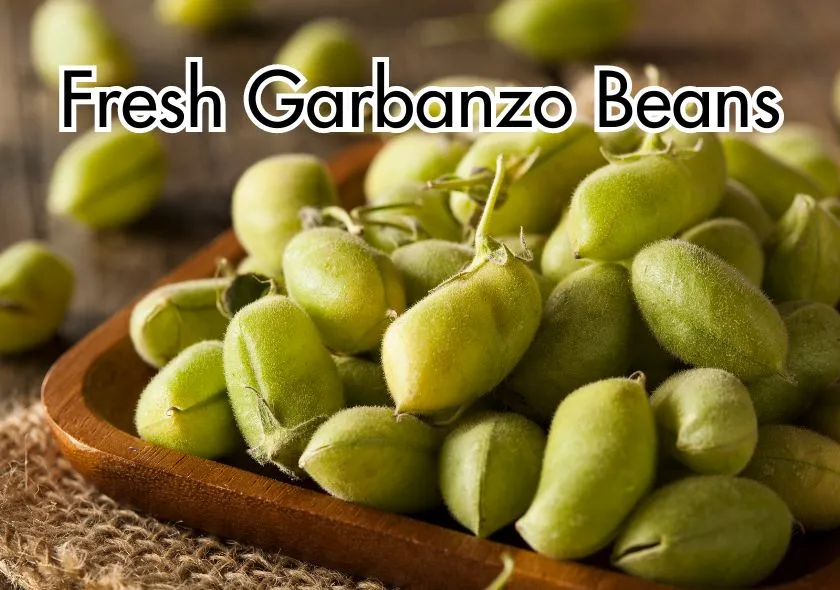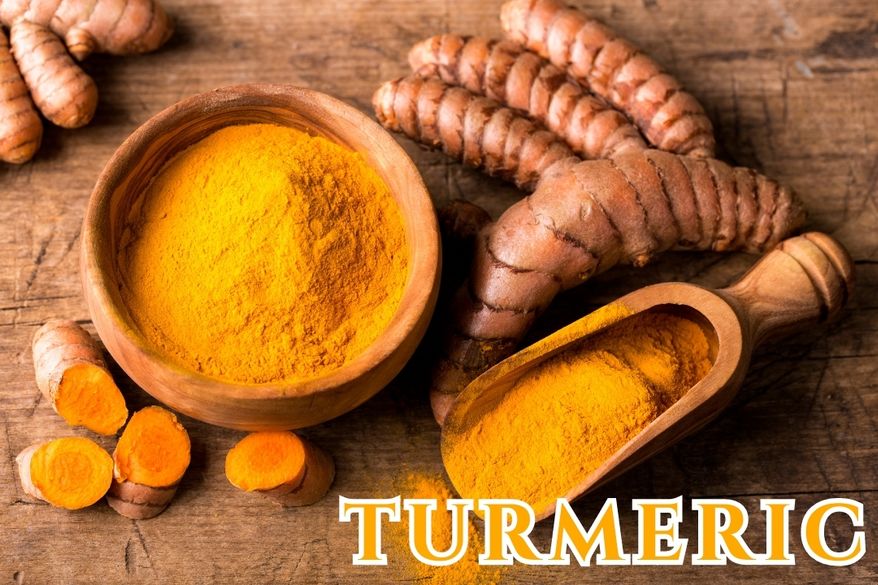Listen to this article
I. Introduction
Tamales are a traditional dish enjoyed in many cultures worldwide. They’re made from masa, a dough typically wrapped in corn husks or banana leaves and filled with various ingredients like meats, cheeses, or vegetables. Tamales are loved for their delicious taste and versatility in flavors.
Diabetes is a medical condition where the body has trouble regulating blood sugar levels. People with diabetes need to carefully manage their diet. This means paying attention to the types and amounts of food they eat to keep their blood sugar levels stable.
The purpose of this article is to answer the question: “Can diabetics eat tamales?” Many people with diabetes wonder if they can still enjoy their favorite foods without negatively affecting their health. By exploring the nutritional content of tamales and discussing strategies for managing blood sugar levels, we’ll determine if tamales can be part of a diabetic-friendly diet.
II. Understanding Diabetes and Diet
Understanding diabetes is essential for managing the condition effectively. Type 1 and Type 2 are the two primary types of diabetes. Type 1 diabetes occurs when the body doesn’t produce insulin, while Type 2 diabetes happens when the body can’t use insulin properly, leading to high blood sugar levels.
For individuals with diabetes, carbohydrate counting is crucial for controlling blood sugar levels. Carbohydrates can significantly impact blood sugar levels, so monitoring intake is important. The glycemic index (GI) is a helpful tool for diabetics because it ranks foods based on how quickly they raise blood sugar levels.
Diabetic meal planning involves several key principles to help maintain stable blood sugar levels. Portion control is important to prevent overeating and spikes in blood sugar. It’s also essential to focus on balanced meals, including a combination of carbohydrates, proteins, and healthy fats.
Managing carbohydrate intake is especially crucial for diabetics to avoid large fluctuations in blood sugar levels. Making informed choices about what they eat, including whether they can enjoy tamales, can help individuals with diabetes better control their condition. Can diabetics eat tamales while following these principles? They need to consider their dietary needs and monitor their blood sugar levels accordingly.
III. Nutritional Profile of Tamales
To understand if diabetics can eat tamales, it’s important to examine their nutritional profile. Tamales typically contain ingredients like masa (corn dough), meats, vegetables, and seasonings. These ingredients contribute to the overall nutritional content of tamales.
Carbohydrates, fats, proteins, and fiber are the key nutrients found in tamales. Carbohydrates are the main source of energy and can affect blood sugar levels. Fats provide energy and flavor, while proteins are essential for building and repairing tissues. Fiber aids in digestion and can help regulate blood sugar levels.
IV. Are Tamales bad for Diabetics?
The nutritional composition of tamales may impact blood sugar levels in diabetics. Tamales can be high in carbohydrates, especially if made with a lot of masa. To prevent spikes in blood sugar levels, diabetics should pay close attention to their carbohydrate intake. However, the presence of protein and fiber in tamales may help mitigate some of the effects on blood sugar. Therefore, diabetics can enjoy tamales in moderation as part of a balanced meal plan.
V. Can Diabetics Eat Tamales?
When considering whether diabetics can eat tamales, it’s important to pay attention to portion size and balance the meal with non-starchy vegetables, protein, and healthy fats.
To manage blood sugar levels while enjoying tamales, there are several strategies diabetics can employ. Eating tamales alongside foods high in fiber, such as vegetables or salads, can help slow down the absorption of carbohydrates. Additionally, pairing tamales with lean protein sources like chicken or beans can further balance blood sugar levels.
Making healthier choices when consuming or preparing tamales can make them more suitable for a diabetic diet. Opting for whole-grain masa or corn husks can increase fiber content and slow down digestion. Choosing lean meats and incorporating more vegetables into the filling can also improve the nutritional profile of tamales. By making these modifications, diabetics can enjoy tamales as part of a balanced meal plan.
VI. Sample Diabetic-Friendly Tamale Recipes
In this section, we’ll explore sample diabetic-friendly tamale recipes that incorporate healthier ingredient alternatives and modifications. By making simple swaps and adjustments, these recipes can be enjoyed by individuals with diabetes without compromising flavor or texture. Let’s get into the step-by-step instructions for preparing these delicious and nutritious tamales.
To start, you’ll need basic tamale ingredients such as masa, filling ingredients like lean meats or vegetables, and corn husks or banana leaves for wrapping. Begin by preparing the masa dough according to the recipe instructions, making sure to use whole-grain masa for added fiber. Next, assemble the filling using lean proteins like chicken or turkey and plenty of vegetables for added nutrients.
Once the masa dough and filling are ready, it’s time to assemble the tamales. Spread a thin layer of masa onto each corn husk or banana leaf, leaving space for the filling. Add a spoonful of the filling mixture to the center of the masa and fold the husk or leaf to enclose the filling securely. Repeat this process until all tamales are assembled and ready for steaming.
Steaming is the final step in preparing diabetic-friendly tamales. Place the assembled tamales in a steamer basket, making sure they’re not overcrowded, and steam for about 1-1.5 hours until the masa is cooked through. Once done, remove the tamales from the steamer and allow them to cool slightly before serving.
For serving suggestions, pair diabetic-friendly tamales with fresh salsa, guacamole, or a side salad for added flavor and nutrients. These tamales can be enjoyed as a satisfying main dish or as part of a balanced meal. Keep in mind portion sizes and monitor blood sugar levels to ensure they fit within your dietary needs. With these recipes and tips, diabetics can enjoy delicious tamales without worry.
FAQs
-
Can diabetics eat traditional tamales?
Yes, diabetics can enjoy tamales, but they should be mindful of portion sizes and ingredient choices to manage their blood sugar levels effectively.
-
Are there healthier alternatives to traditional tamales for diabetics?
Absolutely! Diabetics can opt for whole-grain masa, lean meats, and plenty of vegetables to make healthier versions of tamales that are lower in carbohydrates and higher in fiber.
-
How can I include tamales in my diabetic meal plan without causing blood sugar spikes?
To prevent blood sugar spikes, pair tamales with foods high in fiber and protein, such as salads or beans. Additionally, monitoring portion sizes and choosing low-sugar fillings can help manage blood sugar levels.
-
Should I consult with a healthcare professional before incorporating tamales into my diabetic diet?
Yes, it’s always a good idea to consult with a healthcare professional, such as a dietitian or doctor, before making significant changes to your diet. They can provide personalized guidance and ensure that tamales fit into your overall diabetic meal plan effectively.
Conclusion
In conclusion, we’ve delved into whether can diabetics eat tamales and unearthed crucial considerations for integrating them into a diabetic diet. We’ve analyzed the nutritional profile of tamales, highlighted factors to ponder when indulging in them, and outlined strategies for regulating blood sugar levels. It’s crucial to bear in mind that moderation and balance are paramount when incorporating tamales into a diabetic-friendly meal plan.
While tamales can indeed be part of a diabetic diet, individuals must make thoughtful decisions and monitor their portion sizes diligently. By selecting healthier ingredient options and adhering to suggested serving sizes, diabetics can still relish the essence of this traditional dish. Nonetheless, seeking guidance from healthcare professionals, such as dietitians or doctors, is advisable for personalized dietary recommendations. They offer invaluable insight and assistance to effectively manage diabetes while embracing a diverse and gratifying diet.

Passionate & Certified Nutritionist
A seasoned nutrition specialist dedicated to empowering individuals through personalized dietary guidance. Committed to fostering healthier lifestyles, providing tailored meal plans, and offering evidence-based nutritional advice. Passionate about promoting overall well-being by translating complex nutritional science into practical, sustainable strategies for improved health.
















